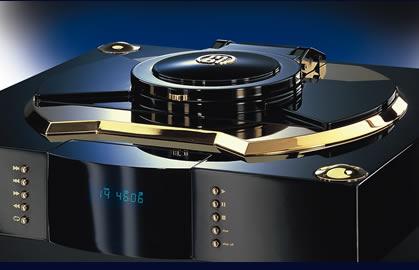Chris J
Headphoneus Supremus
Per AQVOX, they showed a measure of ~50mV of DC ripple on the 5V USB power line. This is without hdd access. With hdd access, they show closer to 100mV. The ATX specification states that a unit should remain at or below 120mV of ripple and noise on the 12v rail while under 50mV on the 3.3v/5v rails. This means that the quality of the 5V DC power coming from a typical USB port would fail the ATX spec, which is pretty generous. An ATX power supply that is bumping up against the ATX limits isn't a good one. So, you have very noisy, poor quality power coming from the USB port. That's why all of the better converters (apart from the Diverter 192) operate on either batteries or wall AC. The other problem besides the crappy power is the ground noise, which is where galvanic isolation comes in.
The Benchmarks might be "no nonsense" but they also aren't that good. Their USB tech is beyond obsolete, and the SRC and output stages are mediocre. The sound is bright, sterile, and tiring. You can do better for less - the Audiolab M-DAC or example.

Ahhhhhh, the Benchmark!
The DAC everyone loves to hate!
The noise I was referring to was the noise conducted down the power line.
I don't think a cheap transport manufacturer is concerned about how much noise they conduct down the powerline and how much noise they radiate.
It is also possible to conduct noise down the digital output.
A lot of people ignore this because most can't measure it or fix it.
























